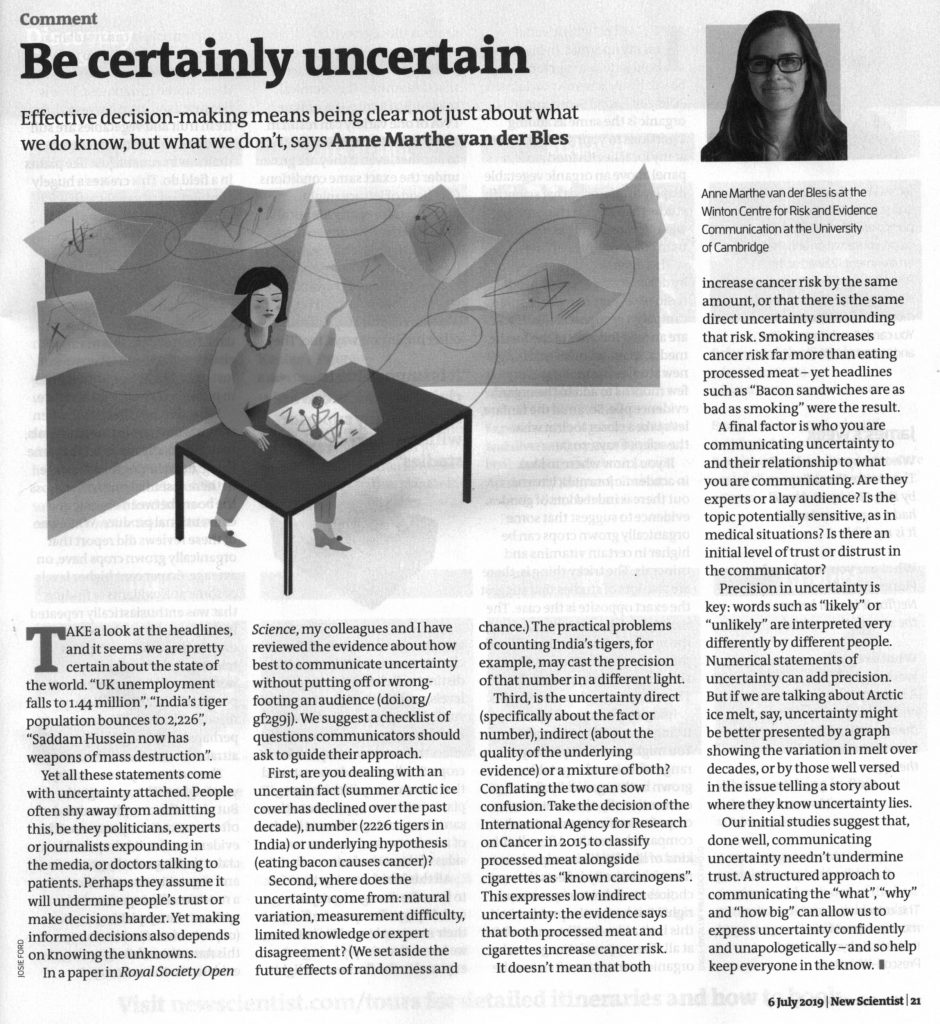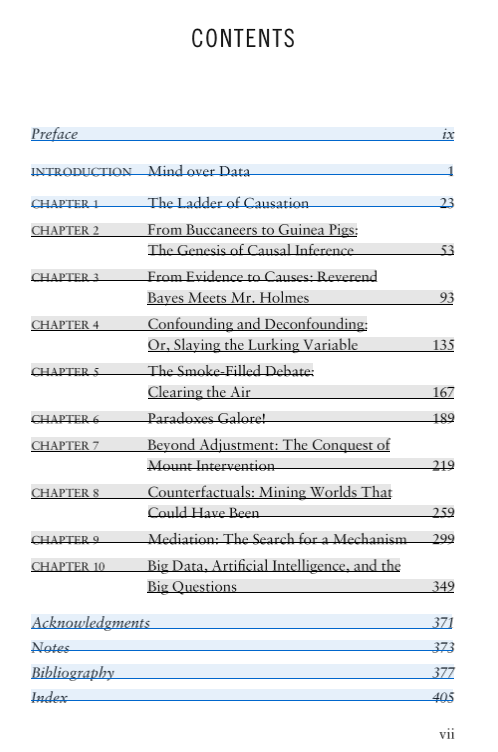Conservation Letters, February, 2019. Katie Moon, Angela M. Guerrero, Vanessa. M. Adams, Duan Biggs, Deborah A. Blackman, Luke Craven, Helen Dickinson, Helen Ross
https://conbio.onlinelibrary.wiley.com/doi/epdf/10.1111/conl.12642
Abstract: Conservation practice requires an understanding of complex social-ecological processes of a system and the different meanings and values that people attach to them. Mental models research offers a suite of methods that can be used to reveal these understandings and how they might affect conservation outcomes. Mental models are representations in people’s minds of how parts of the world work. We seek to demonstrate their value to conservation and assist practitioners and researchers in navigating the choices of methods available to elicit them. We begin by explaining some of the dominant applications of mental models in conservation: revealing individual assumptions about a system, developing a stakeholder-based model of the system, and creating a shared pathway to conservation. We then provide a framework to “walkthrough” the stepwise decisions in mental models research, with a focus on diagram-based methods. Finally, we discuss some of the limitations of mental models research and application that are important to consider. This work extends the use of mental models research in improving our ability to understand social-ecological systems, creating a powerful set of tools to inform and shape conservation initiatives.
Our paper aims to assist researchers and practitioners to navigate the choices available in mental models research methods. The paper is structured into three sections. The first section explores some of the dominant applications and thus value of mental models for conservation research and practice. The second section provides a “walk through” of the step-wise decisions that can be useful when engaging in mental models research, with a focus on diagram-based methods. We present a framework to assist in this “walk through,” which adopts a pragmatist perspective. This perspective focuses on the most appropriate strategies to understand and resolve problems, rather than holding to a firm philosophical position (e.g., Sil & Katzenstein, 2010). The third section discusses some of the limitations of mental models research and application.
1 INTRODUCTION
2 THE ROLE FOR MENTAL MODELS I N CO N S E RVAT I O N
2.1 Revealing individual assumptions about a system
2 .2 Developing a stakeholder-based model of the system
2.3 Creating a shared pathway to conservation
3 THE TYPE OF MENTAL MODEL NEEDED
4 ELICITING OR DEVELOPING CONCEPTS AND OBJECTS
5 MODELING RELATIONSHIPS WITHIN MENTAL MODELS
5.1 Mapping qualitative relationships
5.2 Quantifying qualitative relationships
5.3 Analyzing systems based on mental models
6 COMPARING MENTAL MODELS
7 LIMITATIONS OF MENTAL MODELS RESEARCH FOR CONSERVATION POLICY AND PRACTICE
8 ADVANCING MENTAL MODELS FOR CONSERVAT I ON


